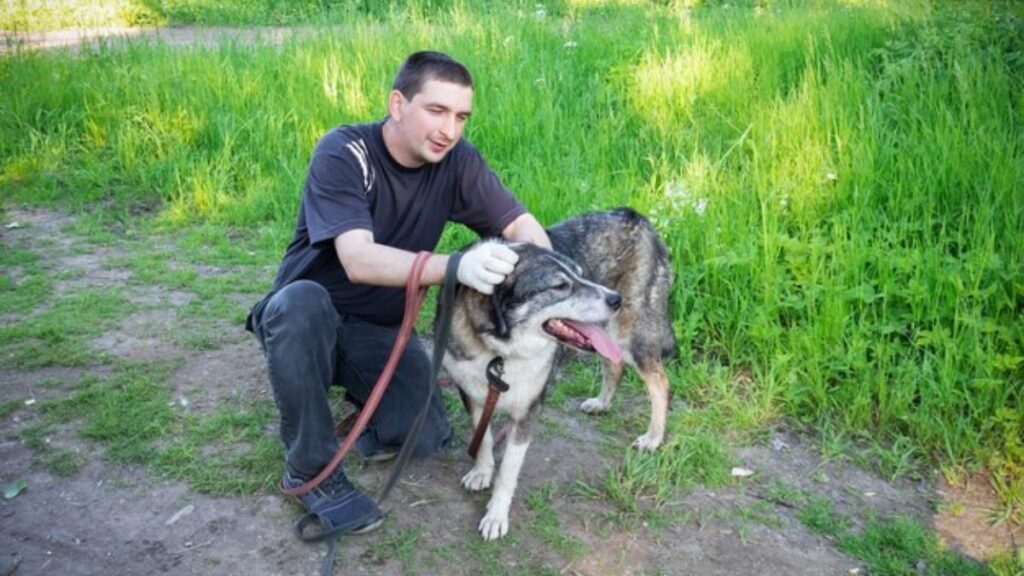If you’ve found yourself scratching your head while staring at the Canine Handler NYT Crossword, you’re not alone. Many puzzlers enjoy the challenge of those clever clues, especially when they involve our furry friends. Crosswords have a unique way of blending wit and knowledge, making them both entertaining and educational.
This particular puzzle is no exception. With its canine-themed clues weaving through different levels of difficulty, it can be an exhilarating ride for seasoned solvers and newcomers alike. Whether you’re a dog lover or just someone looking to sharpen your mind, mastering this crossword can lead to satisfying “aha” moments as you piece together answers that highlight man’s best friend.
Let’s dive into some strategies and insights that can help enhance your solving experience with the Canine Handler NYT Crossword!
The History of the Crossword Puzzle
The crossword puzzle has a fascinating origin story that dates back to the early 20th century. It was first introduced to the public in 1913 by Arthur Wynne, a journalist from Liverpool. He created what he called a “word-cross” puzzle for the New York World newspaper.
Initially, these puzzles featured simple grids and straightforward clues. Over time, they evolved into complex challenges that captivated readers worldwide.
By the 1920s, crosswords were all the rage in America. Newspapers began featuring them regularly, and various styles emerged.
The rise of technology brought about new formats too. Online platforms now allow enthusiasts to play anywhere at any time.
As language evolves, so do crossword themes and clues. This adaptability keeps solvers engaged while celebrating linguistic creativity across generations.
Tips for Solving the Canine Handler NYT Crossword
Start by familiarizing yourself with common canine-related terminology. Words like “pup,” “fetch,” and “bark” frequently pop up in puzzles.
Next, focus on the crossword’s theme. The Canine Handler NYT Crossword often features dog breeds or famous dogs. Keeping a mental list of these can save you time.
Don’t hesitate to fill in what you know first. Even if you’re uncertain about every letter, starting with what fits helps reveal new clues.
Pay attention to wordplay and puns, as they are popular in crosswords. For example, clues may hint at different meanings or require lateral thinking.
Practice patience. Some clues might stump you initially but revisiting them later can lead to breakthroughs when your mind is fresh.
Common Clues and Themes in the Puzzle
Common clues in the Canine Handler NYT Crossword often revolve around dog breeds, training terms, or famous canine characters from pop culture. Expect to see entries like “Labrador” or “Rex,” which can easily become a jumping-off point for related answers.
Themes frequently delve into loyalty and companionship, mirroring the bond between humans and dogs. Clues may reference iconic moments from literature or cinema that showcase these themes.
Another typical motif is wordplay involving dog-related puns. These clever twists keep solvers on their toes while adding a layer of enjoyment to the puzzle-solving experience.
Keep an eye out for seasonal references too. Around holidays, you might find clues about festive dog treats or costume ideas that align with current events. This variety keeps each crossword fresh and engaging for both novices and seasoned solvers alike.
Helpful Tools and Resources for Solving Crosswords
Crossword puzzles can be challenging, but numerous tools are available to help you crack the codes. Online crossword solvers and apps offer instant assistance by providing possible answers for given clues.
Word finders and anagram solvers can also come in handy when you’re stuck on a specific letter combination. These resources enable you to explore different word possibilities without much hassle.
Additionally, consider joining online forums or social media groups dedicated to crosswords. Sharing tips with fellow enthusiasts can deepen your understanding of common themes and clue styles.
Don’t overlook traditional resources like crossword dictionaries or books filled with past puzzles; they’re excellent for honing your skills. With these tools at your disposal, solving the Canine Handler NYT Crossword becomes more manageable—and even enjoyable!
Strategies for Overcoming Difficult Puzzles
Tackling difficult puzzles can feel daunting. Start by breaking the puzzle into smaller sections. Focus on filling in the easiest clues first.
Look for common prefixes or suffixes that might fit with longer answers. Sometimes, a single letter can unlock several words.
Don’t hesitate to revisit clues you initially bypassed; fresh eyes can reveal new possibilities. If you’re stuck, consider taking a break and coming back later with renewed focus.
Collaborating with friends or joining an online community can provide different perspectives and insights you might have missed alone. Sharing ideas often leads to breakthroughs.
Keep practicing regularly. The more puzzles you solve, the better you’ll become at recognizing patterns and themes within crosswords over time.
How Solving Crosswords Can Improve Cognitive Skills
Solving crosswords engages various cognitive abilities. It challenges your memory, requiring you to recall vocabulary and facts. Each puzzle is a mini workout for the brain.
As you decipher clues, critical thinking comes into play. You analyze word patterns and context, honing problem-solving skills in real-time. This active engagement strengthens neural connections.
Language skills also flourish through crossword puzzles. Regularly tackling them expands your vocabulary while improving spelling and grammar awareness.
Moreover, crosswords can enhance attention span. Staying focused on a puzzle encourages concentration over time—an invaluable skill in today’s distraction-heavy environment.
Social interaction often accompanies this pastime. Discussing strategies with friends or joining clubs fosters collaboration and communication skills that are beneficial beyond the grid.
Conclusion
Solving the Canine Handler NYT Crossword offers a delightful blend of challenge and entertainment. As you immerse yourself in the world of crosswords, remember that each puzzle is not just about finding answers; it’s an exercise for your brain. The strategies we’ve discussed can help you tackle even the toughest clues.
Embrace the journey of discovery that comes with solving puzzles. Enjoy learning new words, uncovering themes, and sharpening your cognitive skills along the way. With practice, patience, and a bit of creativity, you’ll find that every crossword becomes less daunting and more enjoyable.
So grab your pencil or tablet and dive into today’s crossword challenge! Happy puzzling!



